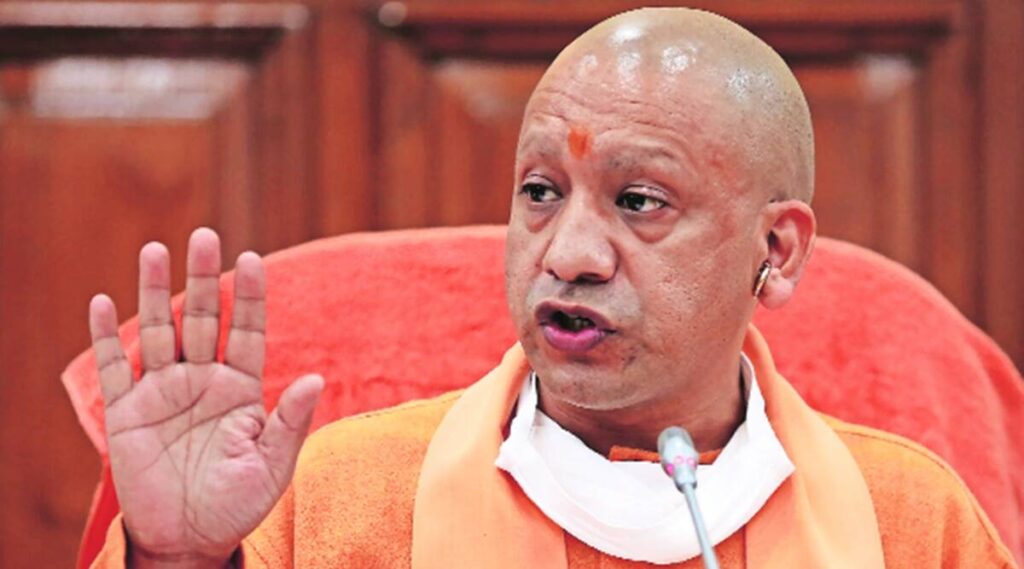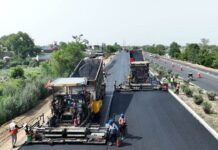In Uttar Pradesh, efforts carried out in line with the strategy of measure, log, and treat are yielding positive results. On the one hand, Uttar Pradesh conducts about 2-2.5 lakh tests every day on average, though new cases are decreasing. In addition, the number of people recovered and being discharged is increasingly growing. In the last 24 hours, the state has reported 26,780 new cases, while 28,902 COVID-19 patients have recovered and been well. So far, 11,51,571 people in the state have triumphed over COVID-19.
There are a total of 2,59,844 active cases at the moment. The number of active cases in the state peaked on April 30, with 3,10,783 cases in the state. They have fallen by more than 50,000 in the last six days. In 24 hours, a total of 2,25,670 tests were performed, with RTPCR accounting for 1,12,000 of those. Chief Minister Yogi Adityanath has given the following instructions to Team-09, which has been tasked with managing Covid-19.
The state’s vaccination program is running smoothly. 1.32 billion vaccine doses have been administered so far. Continual interventions have resulted in a decrease in vaccine waste. This needs to be strengthened even further. So far, 68,536 individuals between the ages of 18 and 44 have been immunized. As a result of this age group’s successful attendance, vaccine waste is just 0.39 percent in this category. It must be reduced to zero.
Vaccination of people aged 18 to 44 are being carried out in seven districts with a high outbreak rate. It should be rolled out in stages. Vaccination campaigns will begin next week in all municipal corporations and among people aged 18 to 44 in Gautam Budh Nagar.
The screening and testing of the state’s 97,000 tax villages have begun door-to-door. In the screening of control boards, 3,551 of the 69,474 individuals were considered symptomatic screened positive for antigen. They were given medical kits for home isolation and were made aware of vigilance measures.
Via teleconsultation, doctors should maintain regular contact with these patients. Higher medical services could also be made available to them when required. This village-to-village testing campaign is extremely beneficial in shielding villagers from infection. In addition, the testing in the metropolitan environment can begin unabated.
Seven reputable state departments partnered to conduct an oxygen audit in order to reduce oxygen pollution. Demand and supply should be balanced, according to the study. Every district should immediately establish its own oxygen action plan. The oxygen produced by sugar mills should be supplied directly to the nearest CHC.
Ventilators have been made compulsory in all districts in the state by the Departments of Health and Medical Education, and their use can be ensured. Anesthesia and other facilities technicians have been employed.
COVID treatment centers have been developed in major industrial units. Covid Care Centers are currently operational in 544 sectors, with a total capacity of more than 08.500 beds. It could be extended to include other sectors.
The report of regular proceedings of special committees formed in the districts should be submitted to the Chief Minister’s Office in the same manner as the report of state-level team 09 was. Both district operations, large and minor, should be tracked at the government level.










